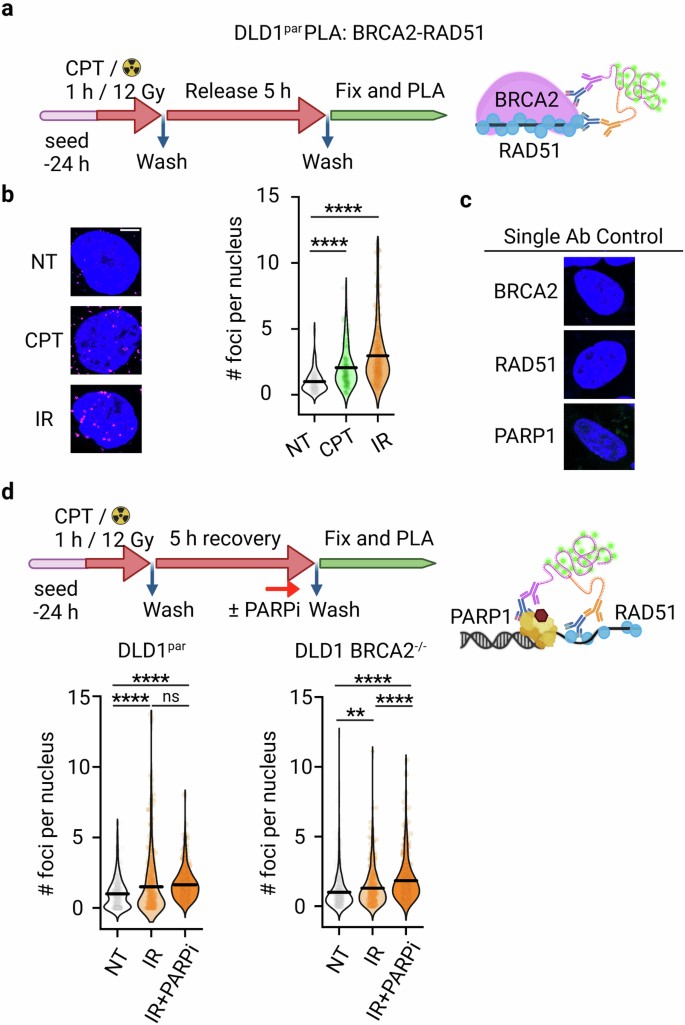2025-04-01 イリノイ大学アーバナ・シャンペーン校
<関連情報>
- https://aces.illinois.edu/news/study-microalgae-and-bacteria-team-convert-co2-useful-products
- https://news.illinois.edu/?p=34040&preview=true&_thumbnail_id=34041?utm_source=email+&utm_medium=email
- https://www.sciencedirect.com/science/article/pii/S1096717625000345
人工クラミドモナス(Chlamydomonas reinhardtii)と大腸菌(Escherichia coli)の合成モジュラー共培養によるCO2の貴重な生物生産物への生物変換 Bioconversion of CO2 into valuable bioproducts via synthetic modular co-culture of engineered Chlamydomonas reinhardtii and Escherichia coli
Nam Kyu Kang, Hyun Gi Koh, Yujung Choi, Hyunjun Min, Donald R. Ort, Yong-Su Jin
Metabolic Engineering Available online: 7 March 2025
DOI:https://doi.org/10.1016/j.ymben.2025.03.004
Graphical abstract

Highlights
- A synthetic modular co-culture was established using microalgae and bacteria.
- In the CO2 fixation module, C. reinhardtii converts CO2 into glycolic acid.
- In the production module, E. coli converts glycolic acid into bioproducts.
- GFP and lycopene were produced from CO2 via the synthetic modular co-culture.
Abstract
With increasing concern over environmental problems and energy crises, interest in the biological conversion of CO2 into bioproducts is growing. Although microalgae efficiently utilize CO2, their metabolic engineering remains challenging. In contrast, while synthetic biology tools are advanced for many heterotrophic bacteria, these organisms cannot directly utilize CO2. As such, a modular co-culture system with a glycolate dehydrogenase 1 (GYD1) deficient Chlamydomonas reinhardtii mutant and Escherichia coli was developed. The GYD1 mutant secretes glycolic acid via photorespiration, which E. coli metabolizes via the glyoxylate cycle. E. coli growth was improved by implementing two-stage continuous systems to 2.0 mg L-1 h-1 on CO2. The production of green fluorescent protein (0.52 ng L-1 h-1) and lycopene (6.3 μg L-1 h-1) was also demonstrated. This study represents a successful case of a synthetic modular co-culture with a microalga and a heterotrophic bacterium, potentially contributing to sustainable industrial processes and reducing environmental impact.


